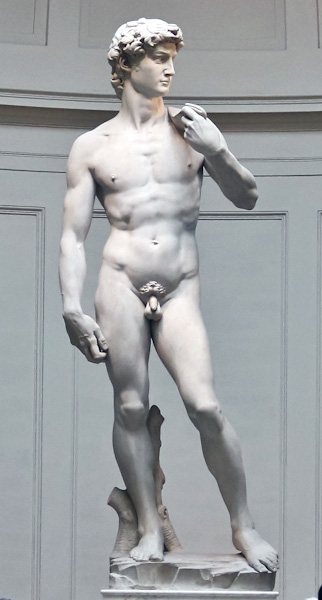Imagine that you are a renaissance sculptor. It is your passion to create magnificent statues in your own style. Then, one day, another artist comes along and desires to share your stationary statue with the rest of the world. Obviously, this artist can not move your statue from its current location, but he figures that he, as an artist himself, can sketch a portrait of the statue which he can then replicate to share with the world. His sketch, by virtue of being a different medium than your statue, cannot portray every crevice of your marble goliath. What’s more? Your statue includes details, including garbs and symbolism, significant to your native culture that may not make sense or carry the same significance for the foreign viewer. Therefore, when this young artist ventures across the globe to share your artwork, its viewers will not have the experience intended for viewers by you.

As exemplified above, there are barriers in sharing the narratives of artwork with non-intended audiences. For when you construct your statue (or story, or whatever!), you are bound to employ details in your work’s narrative that may not hold the same weight for all audiences. Even something as simple as the type of clothing worn by the person depicted in your statue may affect how an audience interprets the work – a statue of a person with minimal clothing may seem outlandish to people who only know frigid climates while it would be nothing abnormal to audiences from tropical regions. And, if so much detail can be derived from the presence of clothes, imagine what could come from symbolism. If your statue was supposed to depict a pious person devoted to their God, you may likely include symbolism relevant to that person’s religion (e.g., a cross). Yet, such symbolism, in a foreign culture, may be seen as little more than funny squiggles, or worse – depictions of what the audience believes to be sinful.
If you seek to create art to be appreciated by the world over, take this as a warning that what you see in your work will not be how all other people view it. Perhaps you could take this as a lesson to properly market your art, to find a target audience that will appreciate it to maximize the enjoyment of it, lest you create artwork that fails to ever see the light of day.
Passion Blog #7